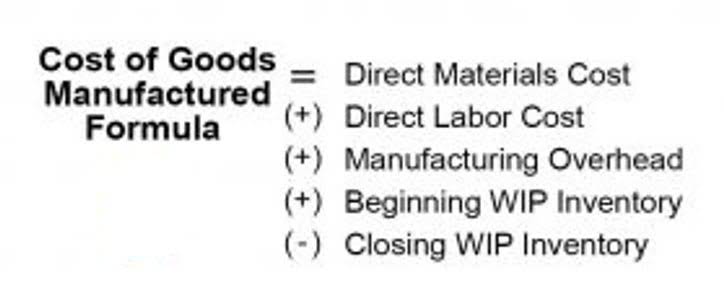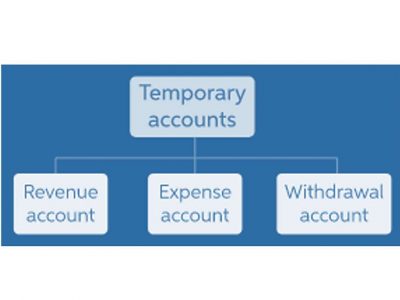
While the cash method of accounting recognizes items when they are paid, the accrual method recognizes accrued expenses based on when service is performed or received. Accrued expenses theoretically make a company’s financial statements more accurate. While the cash method is more simple, accrued expenses strive to include activities that may not have fully been incurred but will still happen.

These examples demonstrate how different types of expenses are recognized in financial reporting. In this article, we have explored the definition of expense recognition and the basic principles of accrual accounting that underpin its application. We discussed the recognition criteria for expenses, including probability, measurability, relevance, reliability, and materiality. We also highlighted the general principles that guide expense recognition, such as the matching principle, consistency, materiality, prudence, and the hierarchy of accounting standards. Put another way, it shows the business using assets and converting them to expenses as their utility is expended. Because it is simpler and easier to use, cash accounting is frequently favoured.
AccountingTools
The basic principles of accrual accounting include the revenue recognition principle and the matching principle. The revenue recognition principle states that revenues should be recognized when realized or realizable and earned, meaning when the products or services are delivered, and the payment is reasonably assured. The matching principle, on the other hand, requires expenses to be recognized in the same accounting period as the revenues they help generate. In accrual accounting, transactions are recorded when they occur, rather than when the cash is exchanged. This means that revenues are recognized when they are earned, regardless of when the customer pays, and expenses are recognized when they are incurred, irrespective of when the payment is made. Expense recognition follows the widely accepted matching principle, which states that expenses should be recognized in the same accounting period as the revenues to which they relate.
- The revenue recognition principle states that revenues should be recognized when realized or realizable and earned, meaning when the products or services are delivered, and the payment is reasonably assured.
- Generally speaking, the accrual accounting method is deemed to be the superior approach for businesses seeking more accurate metrics of profitability on their income statements.
- This method allows the current and future cash inflows or outflows to be combined to give a more accurate picture of a company’s current and long-term finances.
- A critical component to accrued expenses is reversing entries, journal entries that back out a transaction in a subsequent period.
- If this were not the case, expenses would likely be recognized as incurred, which might predate or follow the period in which the related amount of revenue is recognized.
- You’ll also want to check out IRS Publication 535; Business Expenses, for a more complete explanation of business expenses and exactly what you can deduct.
If you have numerous expenses to track, it’s best to use accounting software to track them properly. While accounting software won’t be much help if bills aren’t posted to the correct expense account, it can go when are expenses recognized a long way in helping you categorize and track your expenses throughout the year. For smaller businesses, or those that only use an office landline, your monthly bill can be expensed to your utilities account.
Accounts payable
In this way, businesses that use accrual accounting can see how they convert assets into expenses in their financials. This also makes it easier for companies to gauge the profitability of particular activities in specific periods. Companies must follow the revenue and expense recognition principle in order to account for their revenue or income, as well as their expenses or costs. They provide a common method for all businesses to track and maintain their profitability. Companies use adjusting entries in order for their income statements and balance sheets to be reporting the proper amounts in the appropriate accounting periods under the accrual method of accounting.

The key conclusion is that businesses tend to favour one accounting technique over another, which will assist them to determine which approach to use – if they have a choice. It’s beneficial to sole proprietorships and small businesses because, most likely, it won’t require added staff (and related expenses) to use. The IRS has a schedule that dictates the portion of a capital asset a business may write off each year until the entire expense is claimed. The number of years over which a business writes off a capital expense varies based on the type of asset. Inside, you’ll discover bookkeeping fundamentals like assets, liabilities, equity, and financial statement analysis. In the next section, we will discuss some controversial issues that arise in expense recognition and the challenges they pose.
Controversial Issues in Expense Recognition
To maintain compliance and ensure the accuracy of financial reports, businesses must stay informed about these changes. Subscribing to updates from financial regulatory bodies, attending industry seminars, and enrolling in continuing education courses can help accounting professionals keep up with the latest developments. Thankfully, it’s very easy to track expenses and recognize them consistently using top accounting software.


















